FIND
YOUR
POTENTIAL THROUGH
CREATIVITY
The strength of cultivating ideas and it results in innovation and creativity in art.
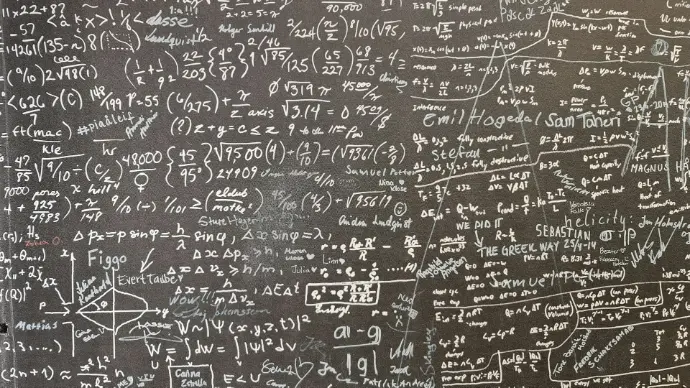
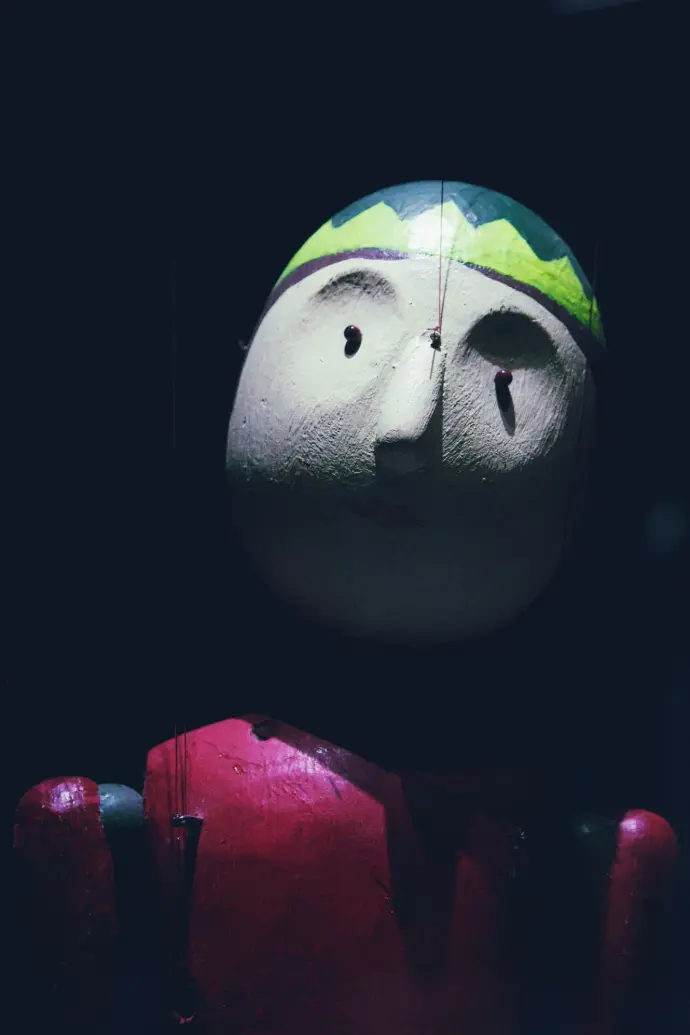
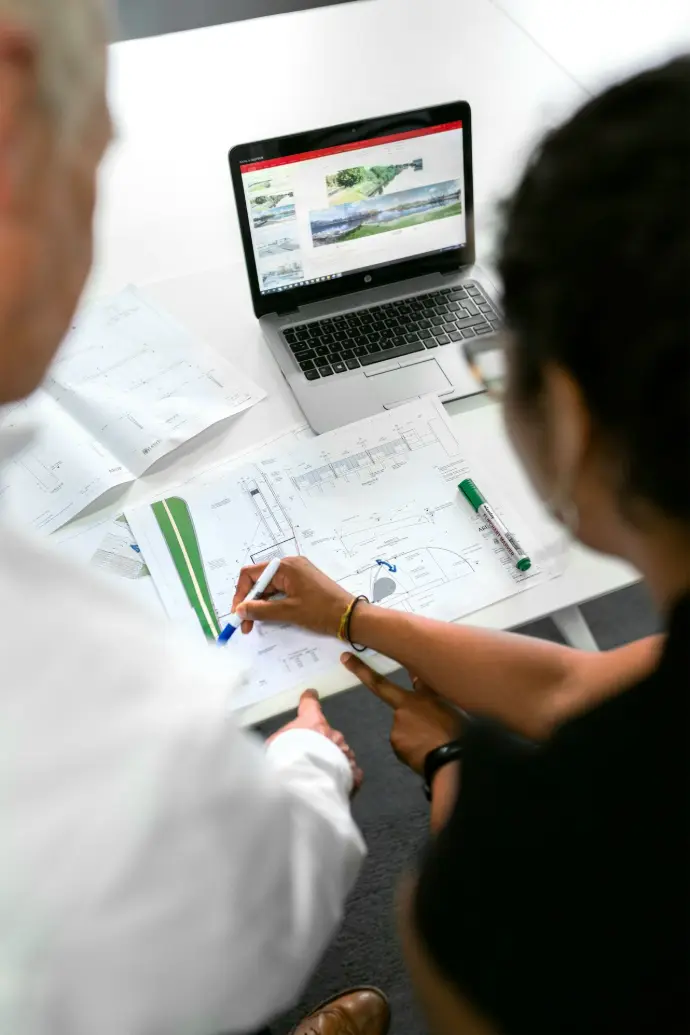
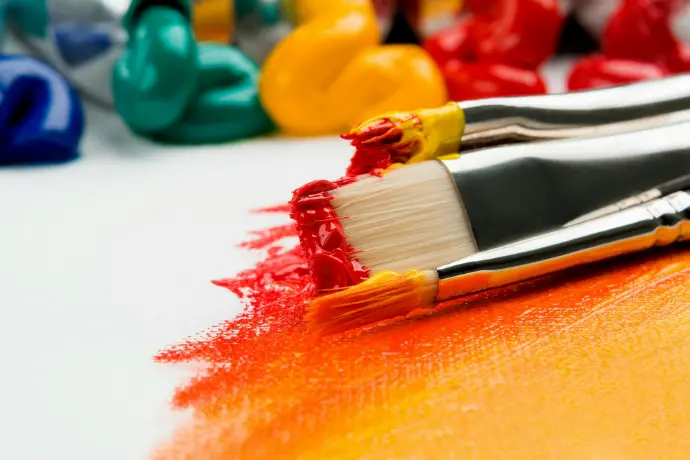
 https://ali-design.github.io/deepcreativity/img/banner.png
https://ali-design.github.io/deepcreativity/img/banner.pngDiscover Creativity, Aesthetics, and how creativity and aesthetics are linked to each other.
creativity
The definition of creativity varies from person to person. Creativity is the ability to generate original ideas, solve problems, and identify strong and distinctive ways to express oneself. Creativity typically shows up in early infancy via play, discovery, and artistic efforts. It includes quick thinking, making mistakes. According to Vygotsky (1978), social connections and instructional learning both foster imagination, which is one of the elements that affects creativity in early childhood. Creative thinking is a way of thinking and examining issues that can arise in any subject area. Creativity refers to children actively producing ideas or making something for the very first time with different ways of expressing their thinking (Isbell & Akiko-Yoshizawa, 2020)
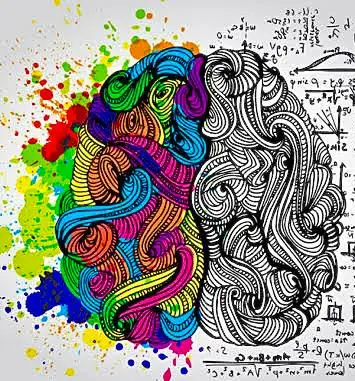
Aesthetics
Aesthetics means the appreciation of beauty, art, and sensation. It relates to the suitability of exposing young students to their environment through their senses of sight, sound, touch, and movement in early childhood education. Touching colours in a picture, the beat of music, or the texture of fabric are examples of aesthetic experiences that appeal to the senses and emotions (Mayesky, M., 2015). It's not just about what will look nice; it's also about how it feels, sounds, and what the child interprets it to mean.
How creativity and aesthetics linked to each other
Aesthetics and creativity are closely related. Aesthetics is the evaluation of how this creation will be determined (in terms of appearance, touch, or sound), while creativity is the capacity to generate something new and unique. Children learn to make decisions based on what they find interesting or pleasurable through theatre, art, and outdoor play; this is where the element of aesthetic awareness comes in (Mayesky, M., 2015).
